With 232 pages and an expanded 12″ by 12″ format, our biggest print issue yet celebrates the people, places, music, and art of our hometown, including cover features on David Lynch, Nipsey Hussle, Syd, and Phoebe Bridgers’ Saddest Factory Records, plus Brian Wilson, Cuco, Ty Segall, Lord Huron, Remi Wolf, The Doors, the art of RISK, Taz, Estevan Oriol, Kii Arens, and Edward Colver, and so much more.
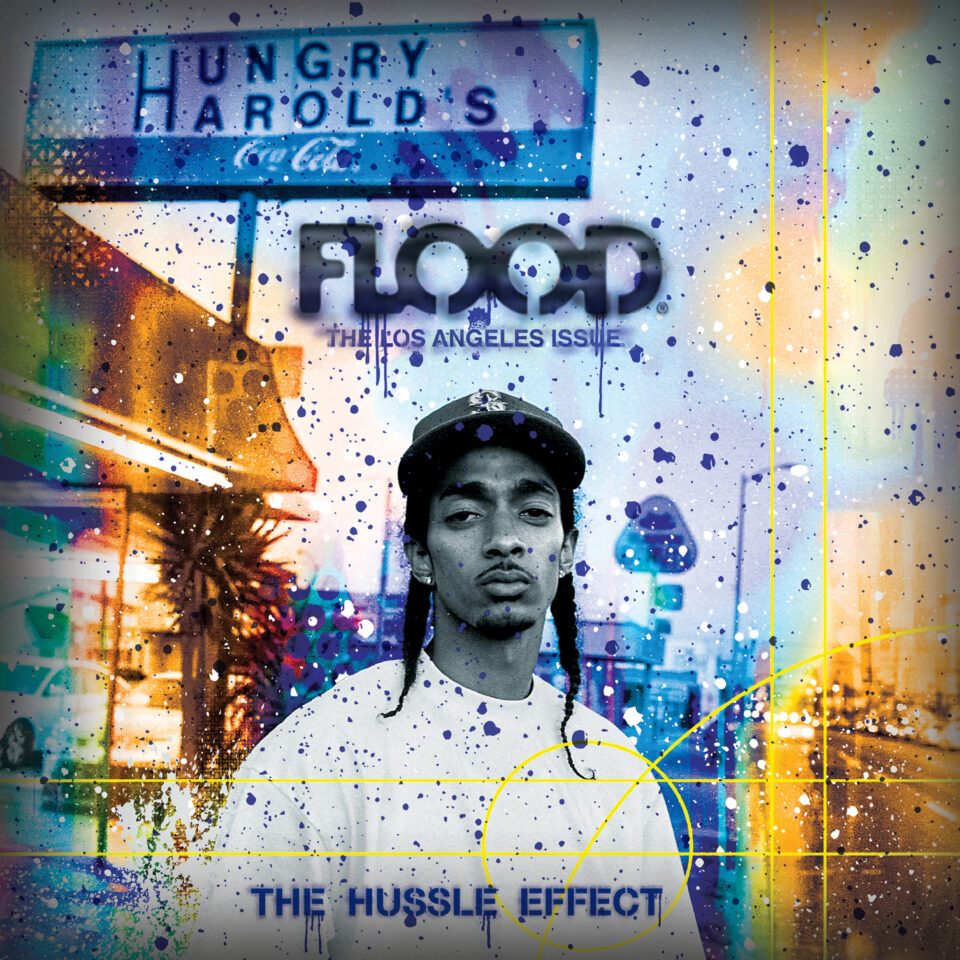
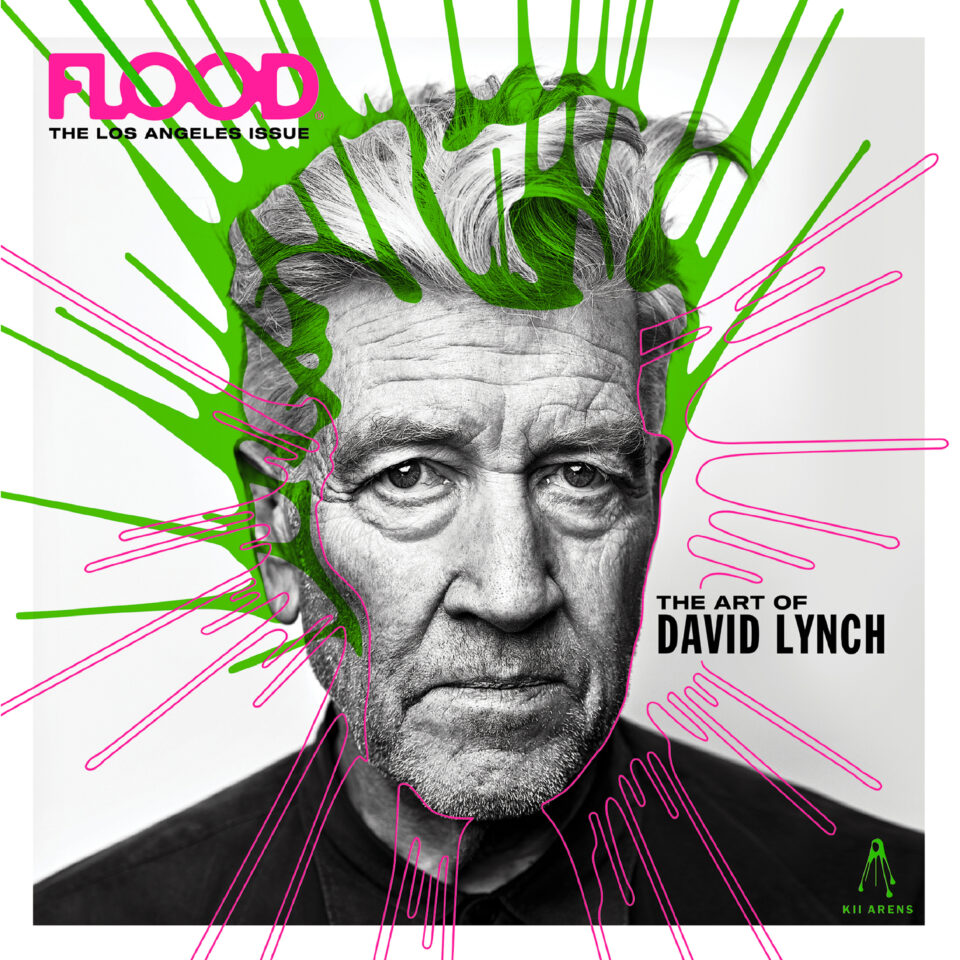
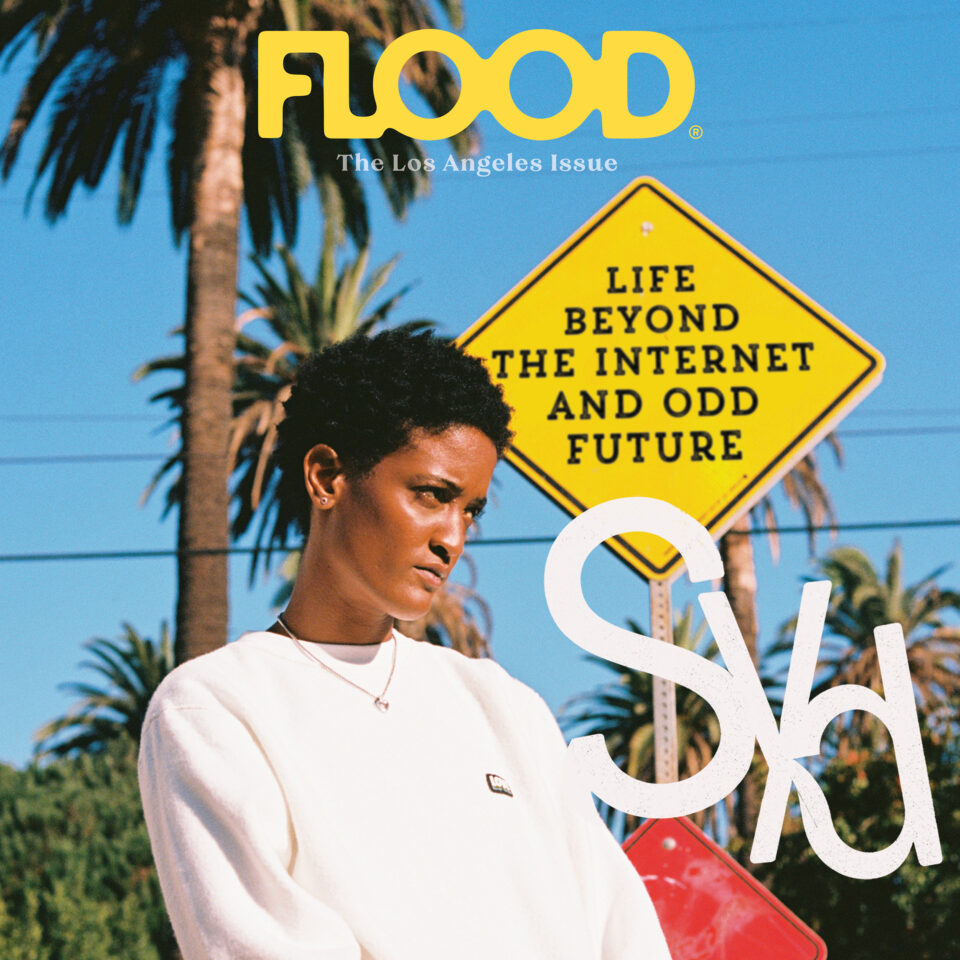
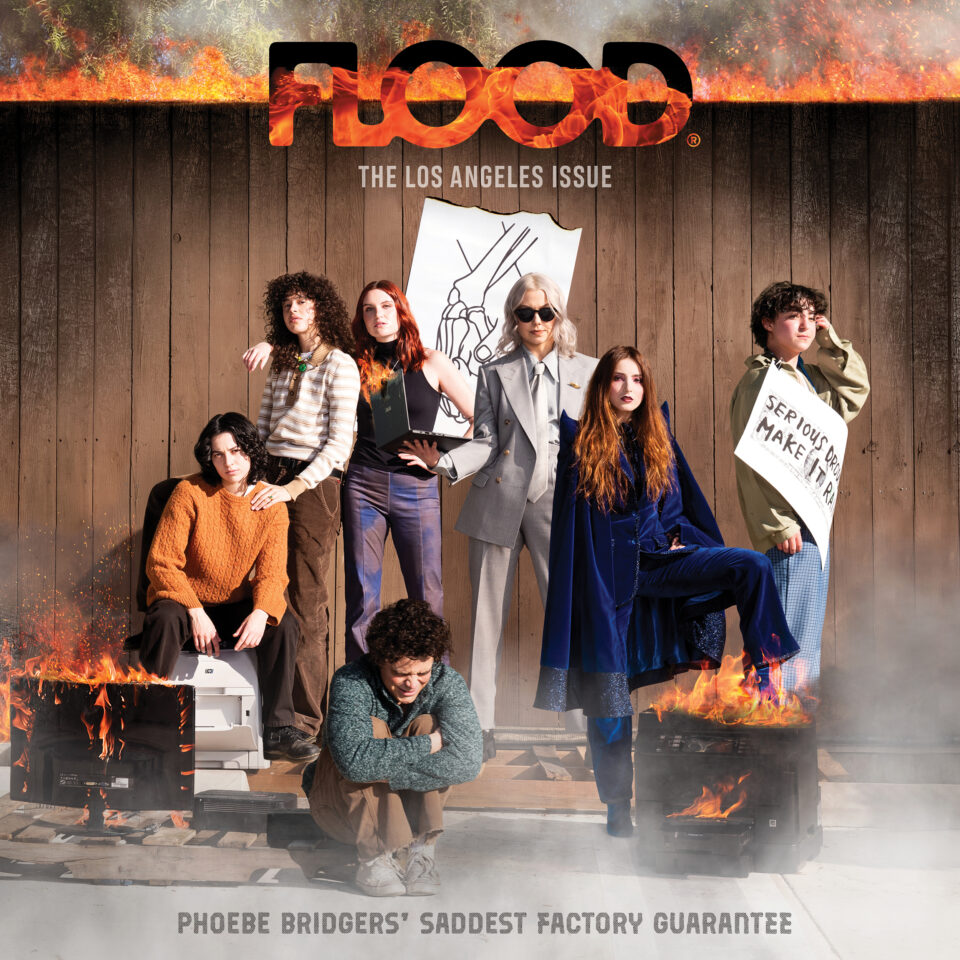
Photo by Michael Muller. Image design by Gene Bresler at Catch Light Digital. Cobver design by Jerome Curchod.
Phoebe Bridgers makeup: Jenna Nelson (using Smashbox Cosmetics)
Phoebe Bridgers hair: Lauren Palmer-Smith
MUNA hair/makeup: Caitlin Wronski
The Los Angeles Issue

Sufjan Stevens, Carrie & Lowell [10th Anniversary Edition]
Padded out with a personal essay, family photos, and outtakes, this re-release of Stevens’ album-length eulogy permits yet another return to the 1980s Oregon of the artist’s memory.

Alan Sparhawk, With Trampled by Turtles
Far more mournful than his solo debut from last year, the former Low member’s collaboration with the titular bluegrass band is drenched in sorrow, absence, longing, and dark devastation.
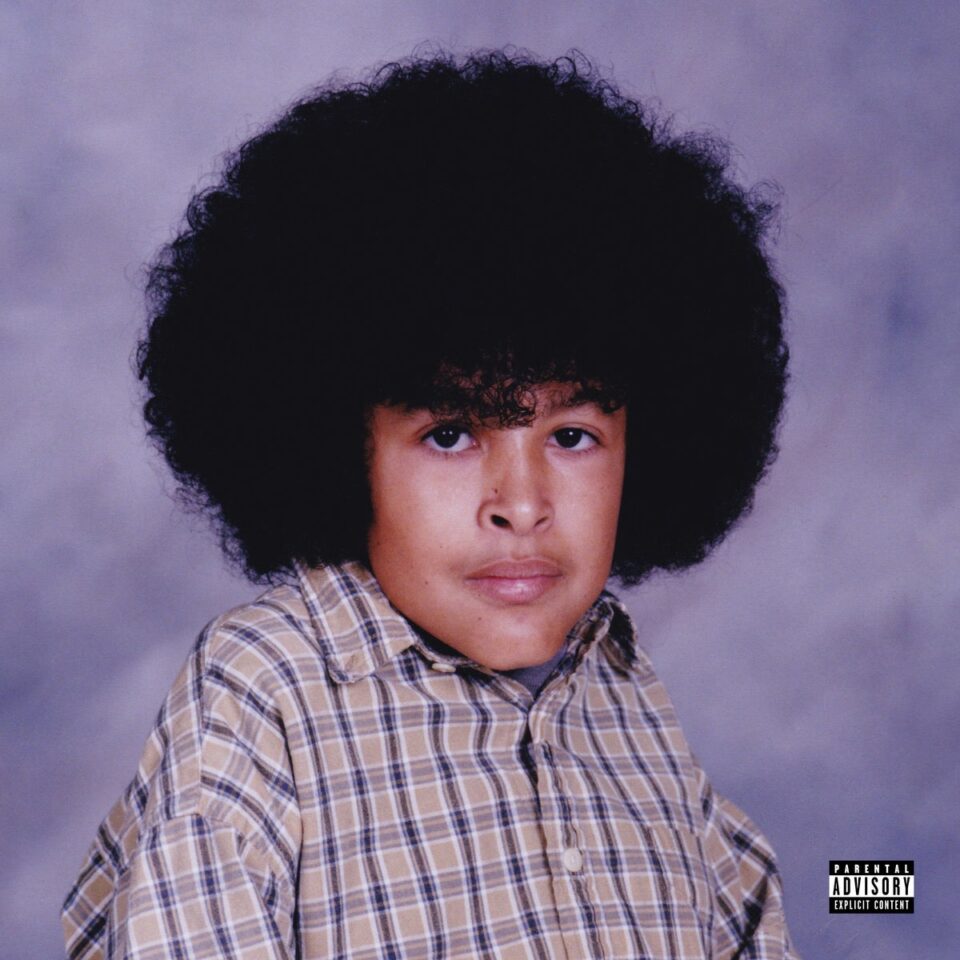
Cola Boyy, Quit to Play Chess
Despite bristling with Matthew Urango’s familiar cotton-candied disco, the late songwriter and activist’s sophomore album also opens the floodgates to everything else he seemed capable of.
Sean Fennell
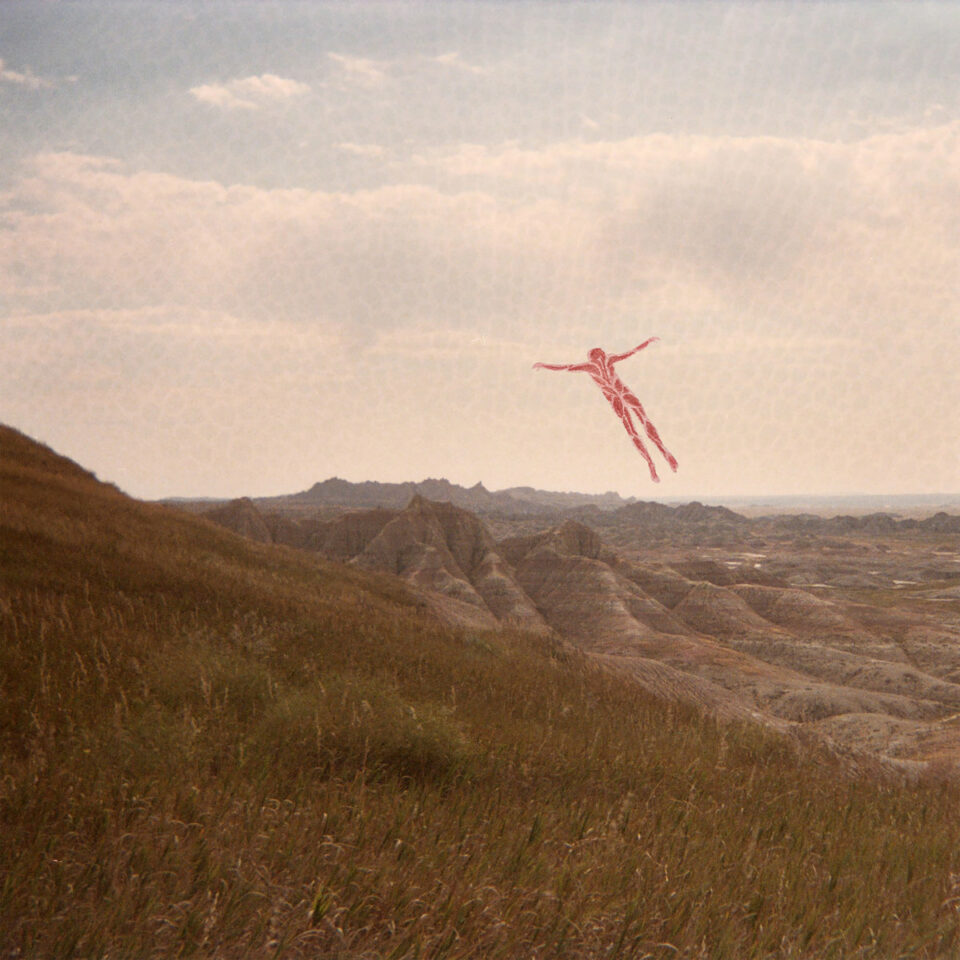
Like a math-rock inspired Beach House, the Seattle-based group create a vibe so pervasive it transcends vibes-inherent triviality.
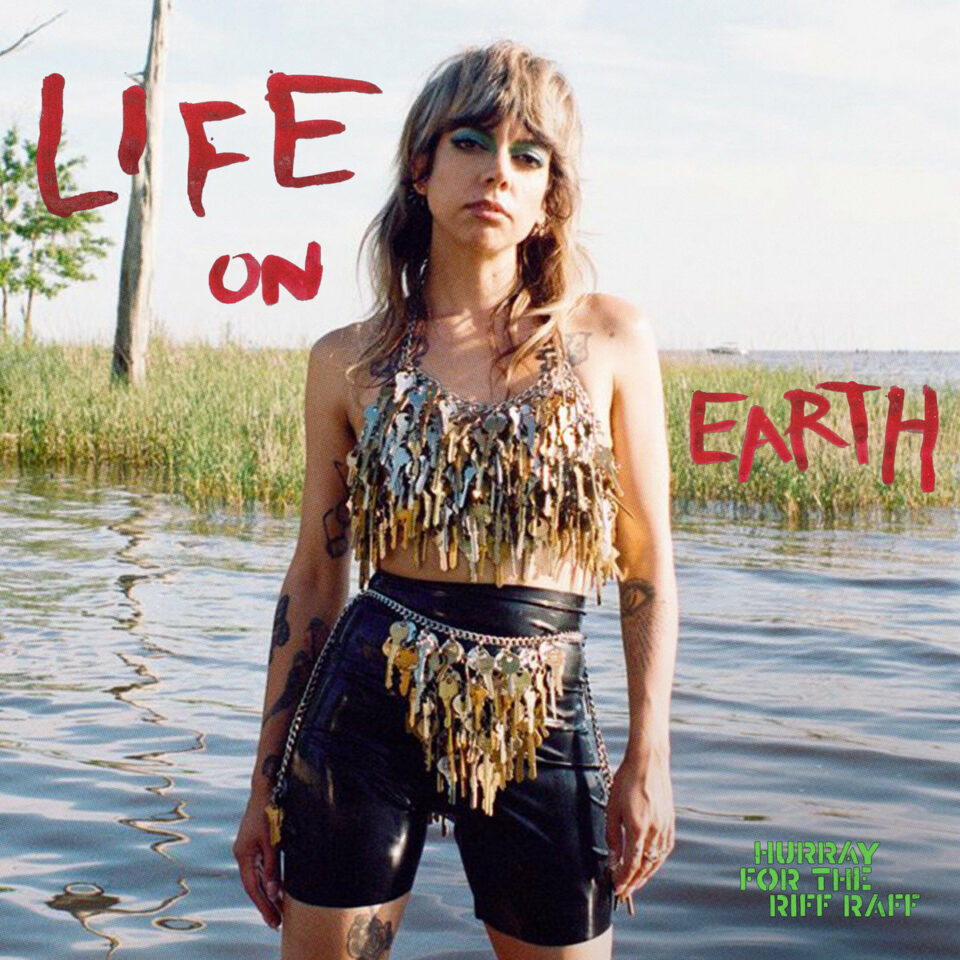
Alynda Segarra expands in seemingly every direction at once on Life on Earth, working in the new while retaining the old.
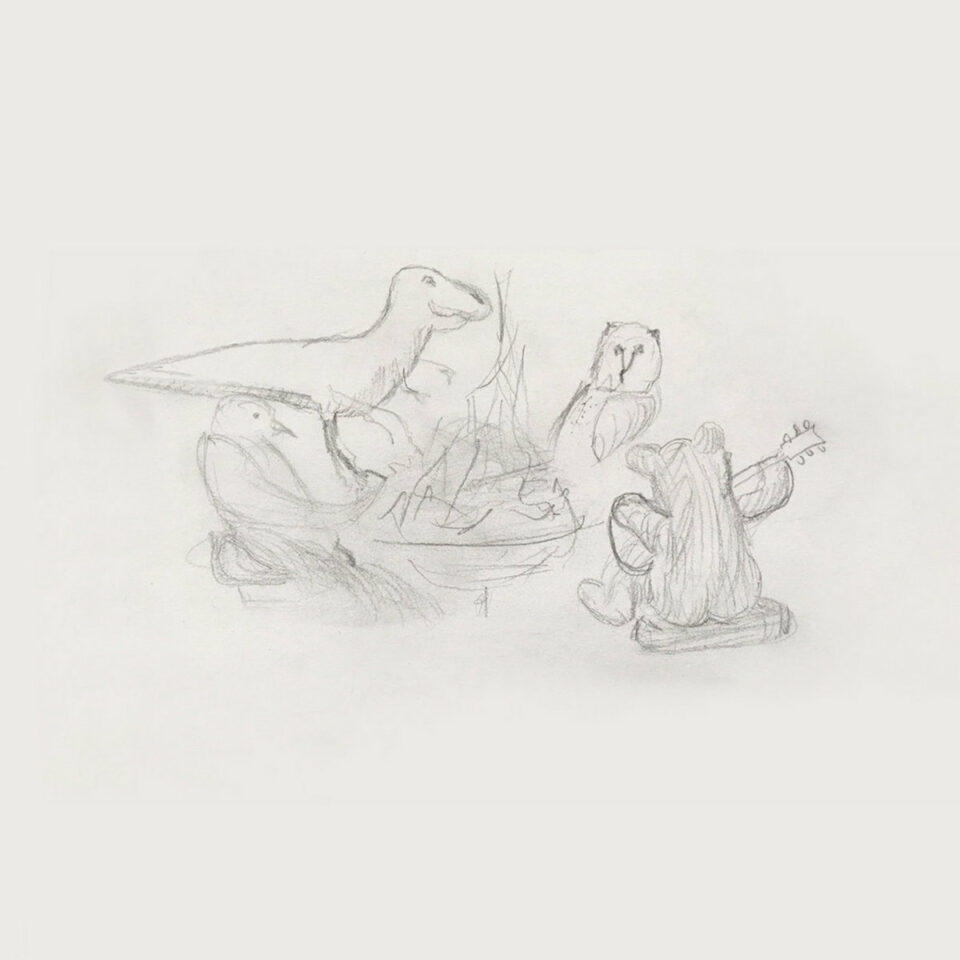
The ambitious folk-rock group achieves a fully-assured sound at an epic scale by letting Adrianne Lenker’s songwriting talent flow unrestrained.
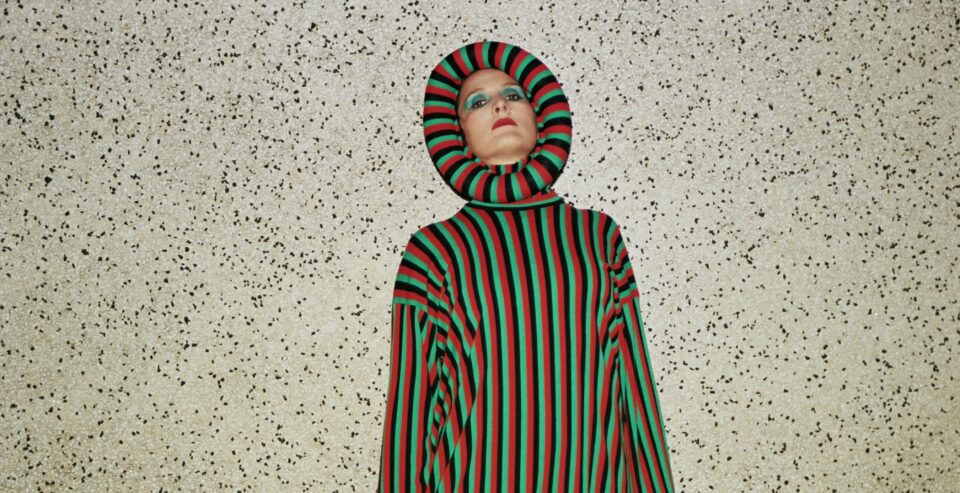
Autosave-File vom d-lab2/3 der AgfaPhoto GmbH
The Welsh songwriter details the process of putting together her sixth album, which arrives this week.
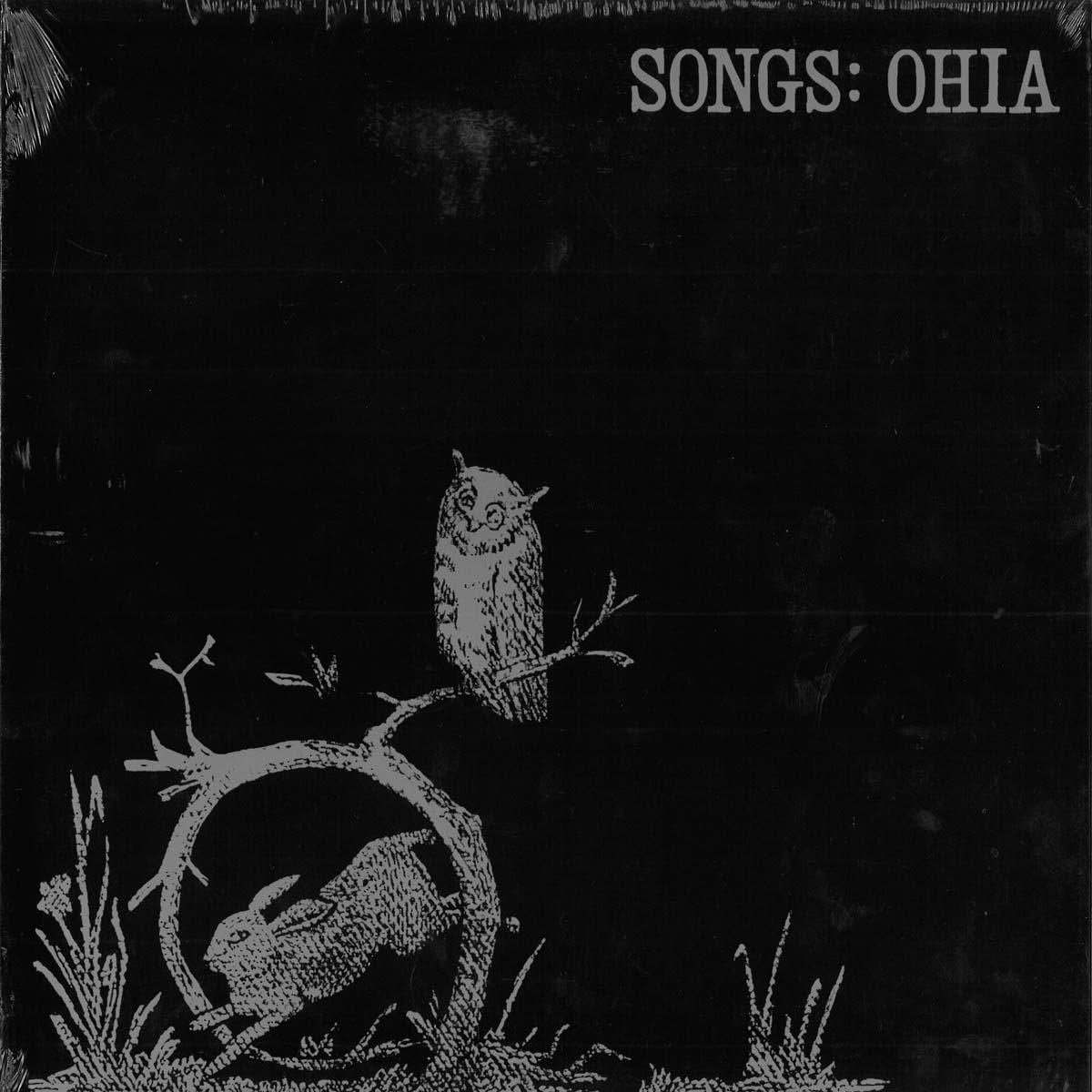
This is Jason Molina at his most uncut and unadorned, less an album than a found-audio recording.

The Australian songwriter discusses covering new ground while remaining entirely singular on her third solo album.
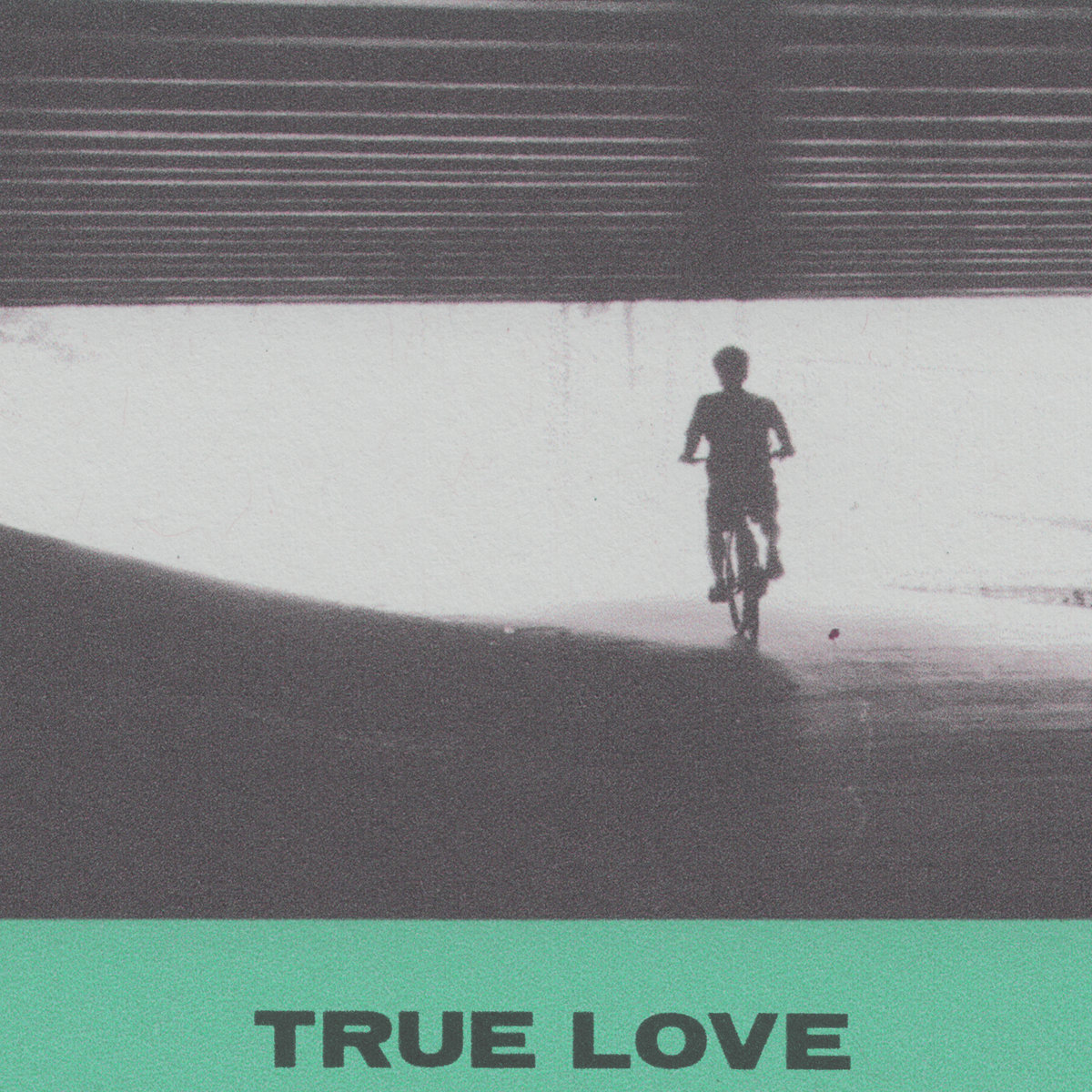
Their latest LP finds the duo peeling back the layers of their previous work until they arrive at the essential center.
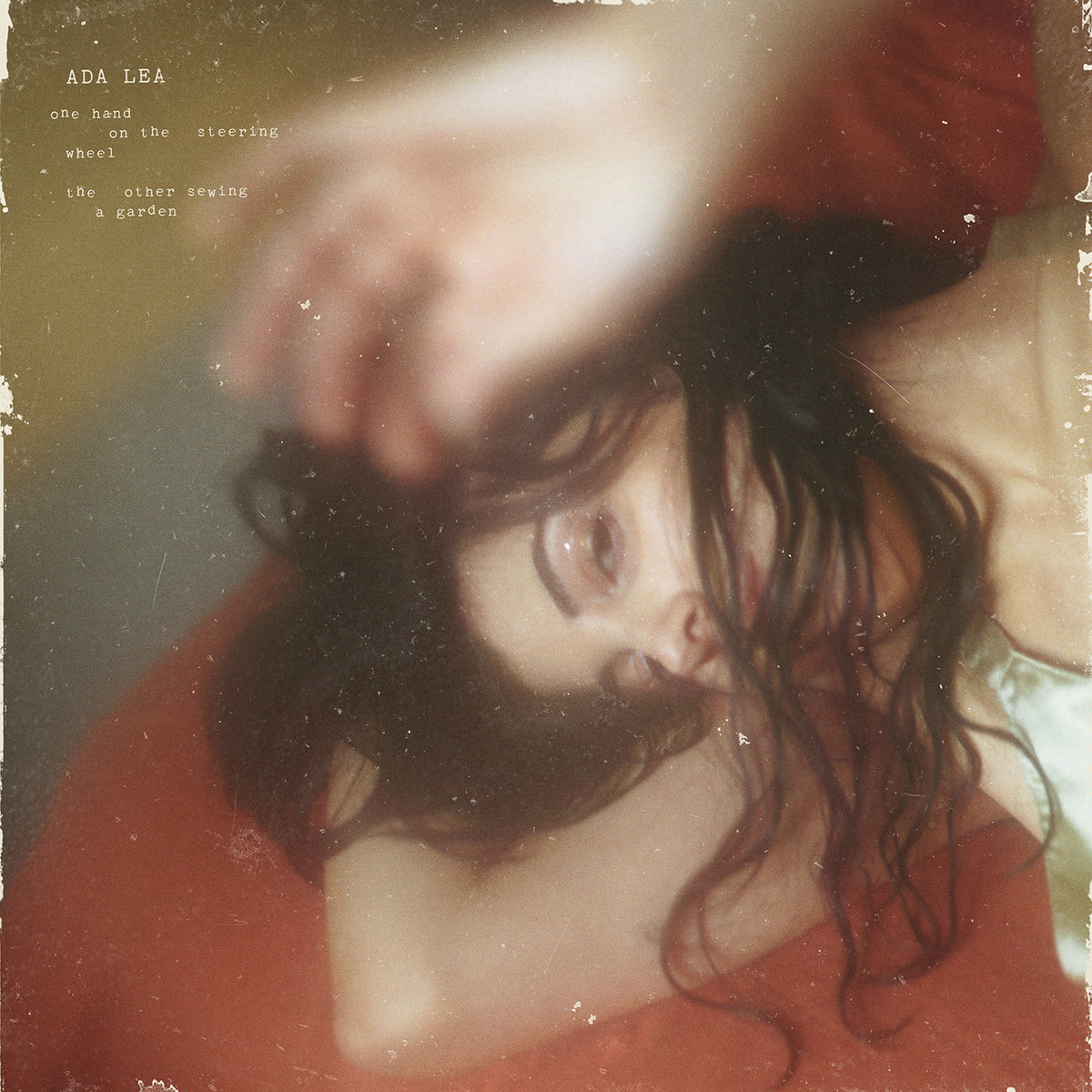
Lea gives each song its own sonic identity, taking what could become monotony and creating anything but.
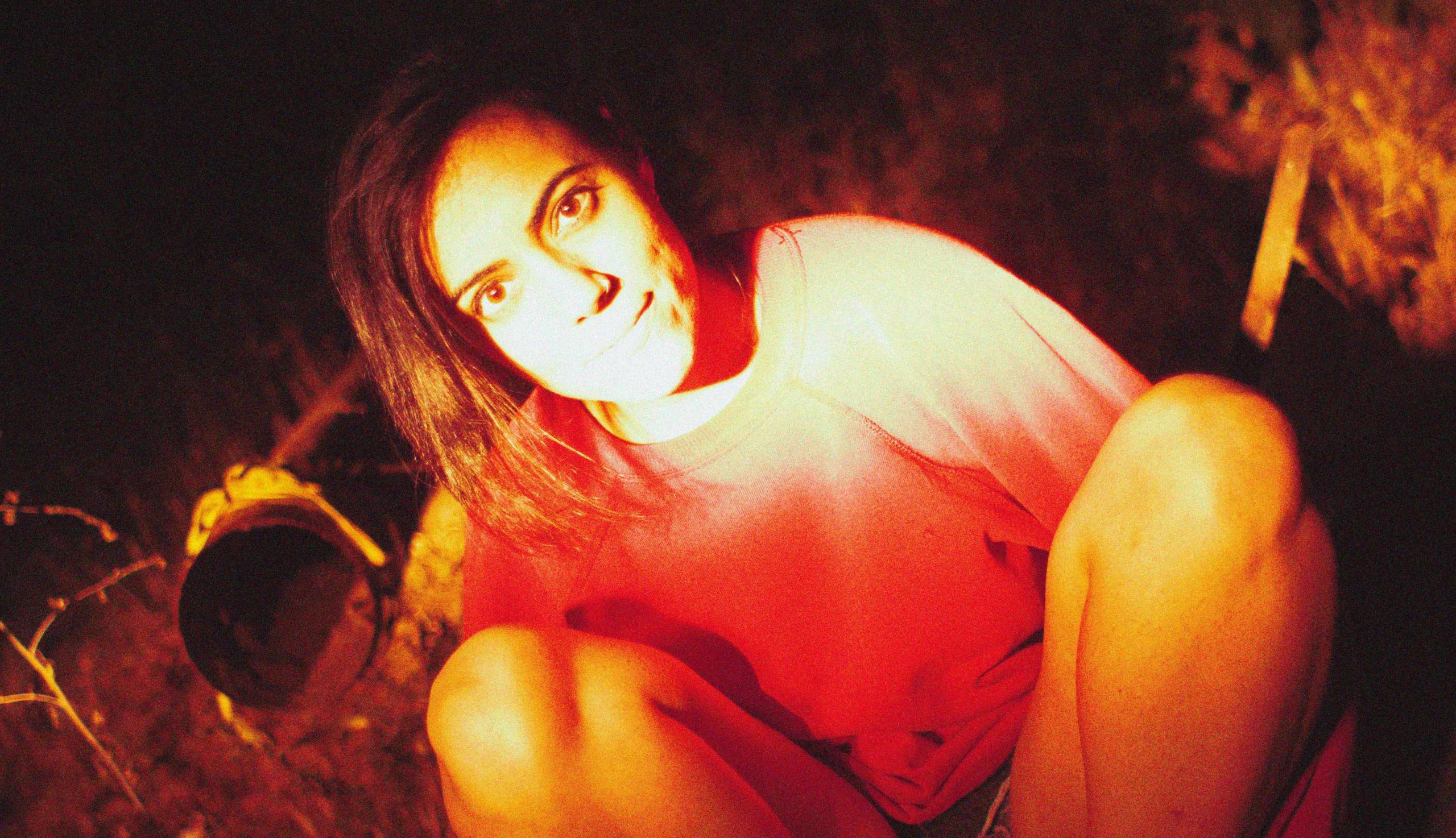
The LA-based songwriter discusses brevity, tenderpunk, and her new label home.

The 2006 LP gives us a snapshot of a band working through the kinks, establishing a framework for an impressive future catalogue.
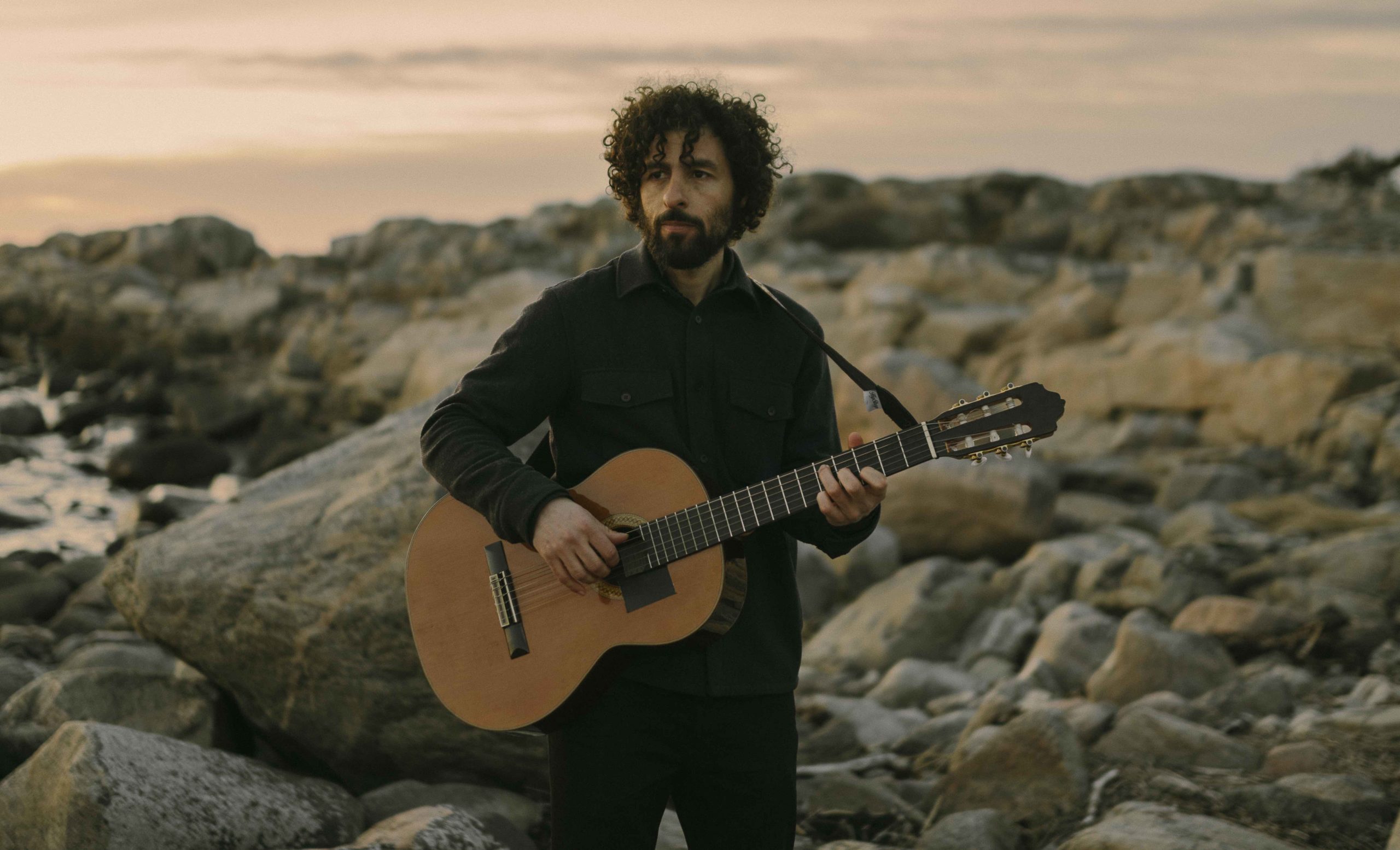
The Swedish-Argentinean songwriter’s fourth album removes the veneer, contemplates the contradictions in our nature, and embraces all our messiest vestiges and claws.
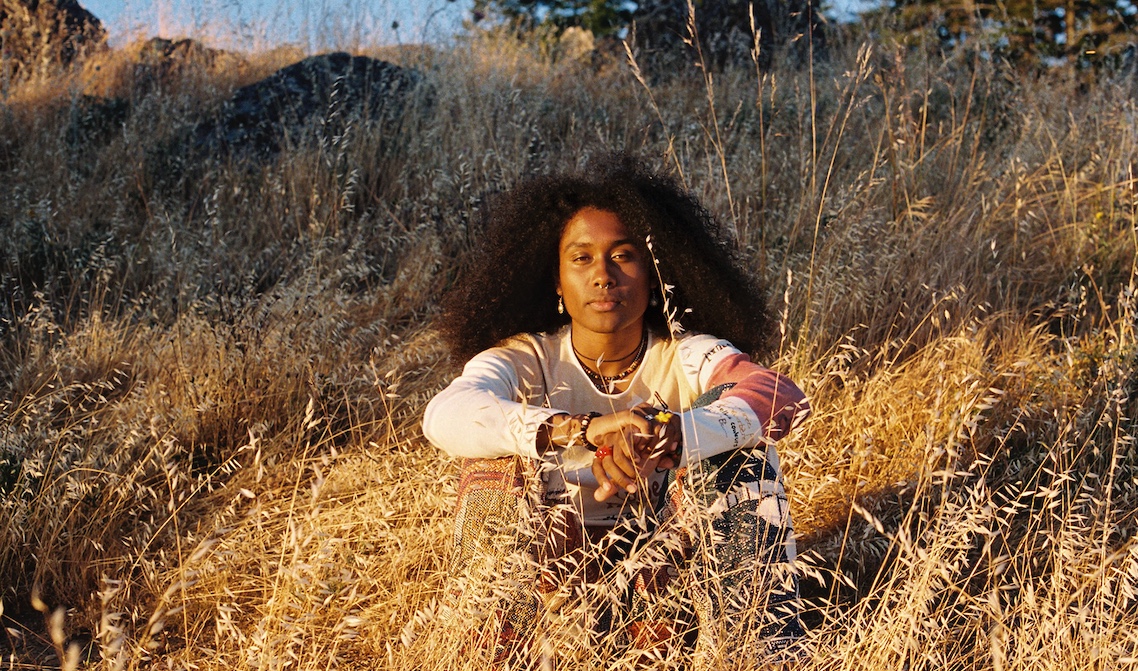
Aryeh discusses the overnight success of “Stella Brown,” how the track shaped his vision for the new album, and the ways in which he creates his own scene.
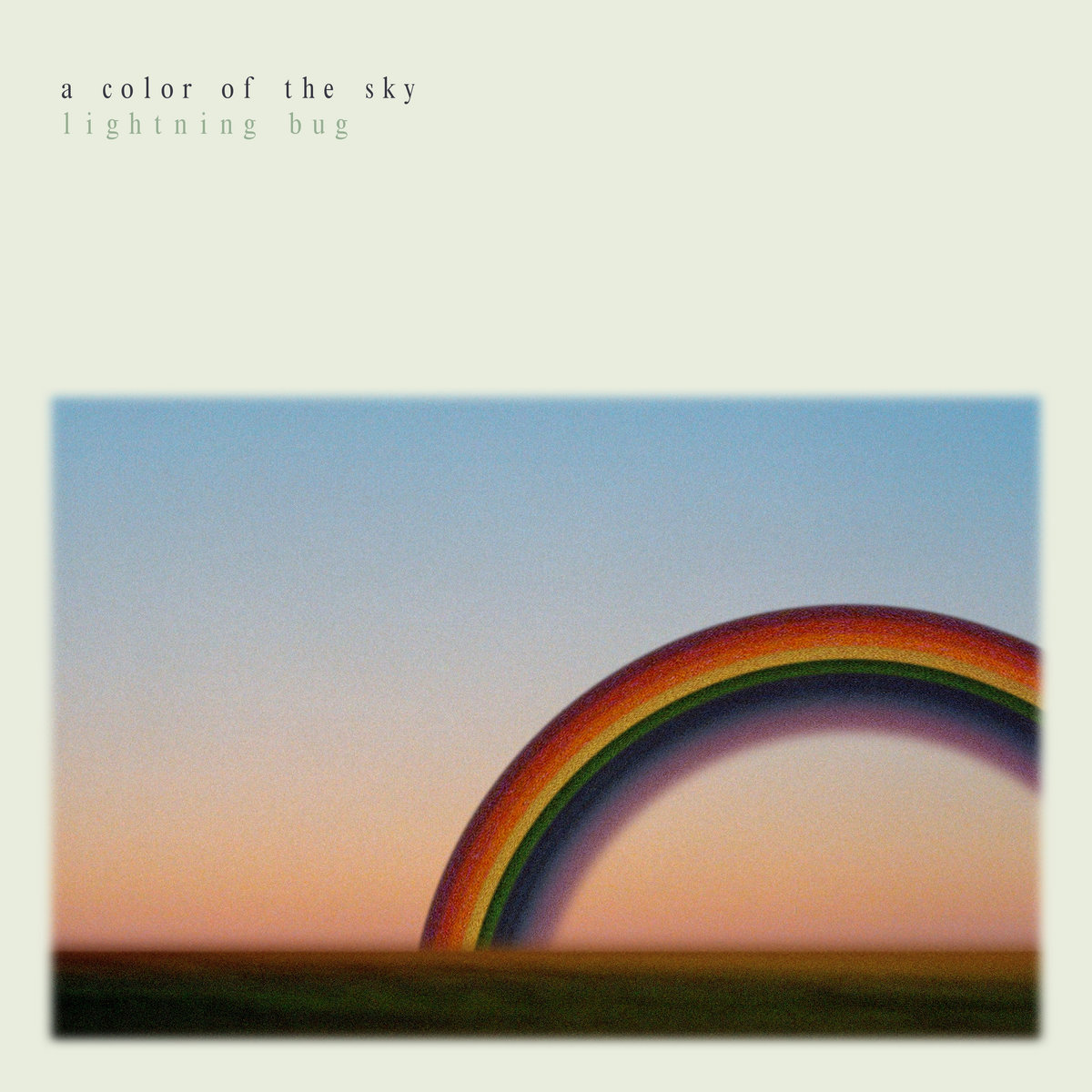
The dream pop group’s third album finds beauty in quiet and noise, the natural and the otherworldly, change and acceptance.
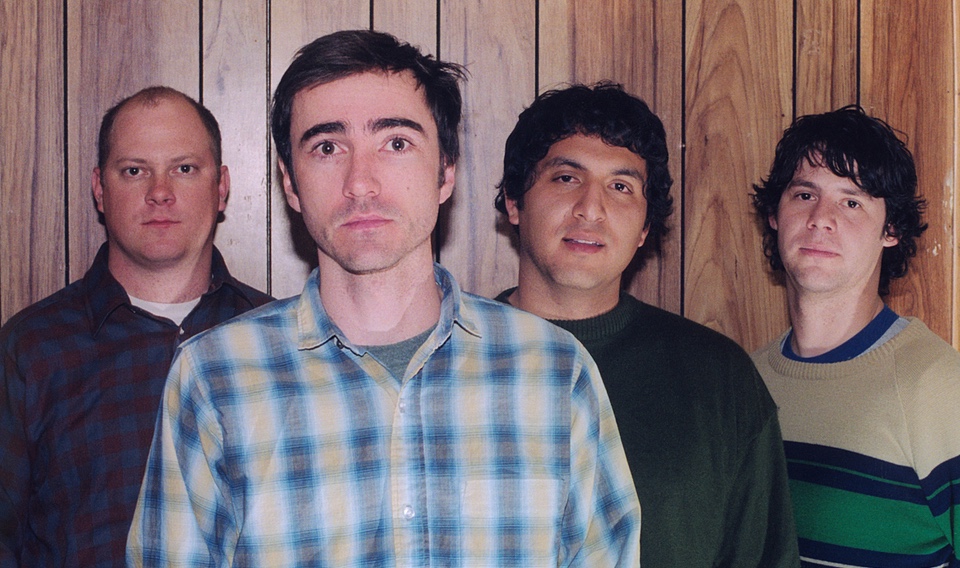
Revisiting one of the most unlikely hit records of the early 2000s.

With 2003’s “Stacy’s Mom”–toting LP getting a Real Gone Music reissue, we revisit the power-pop group’s uncool and understated third release.
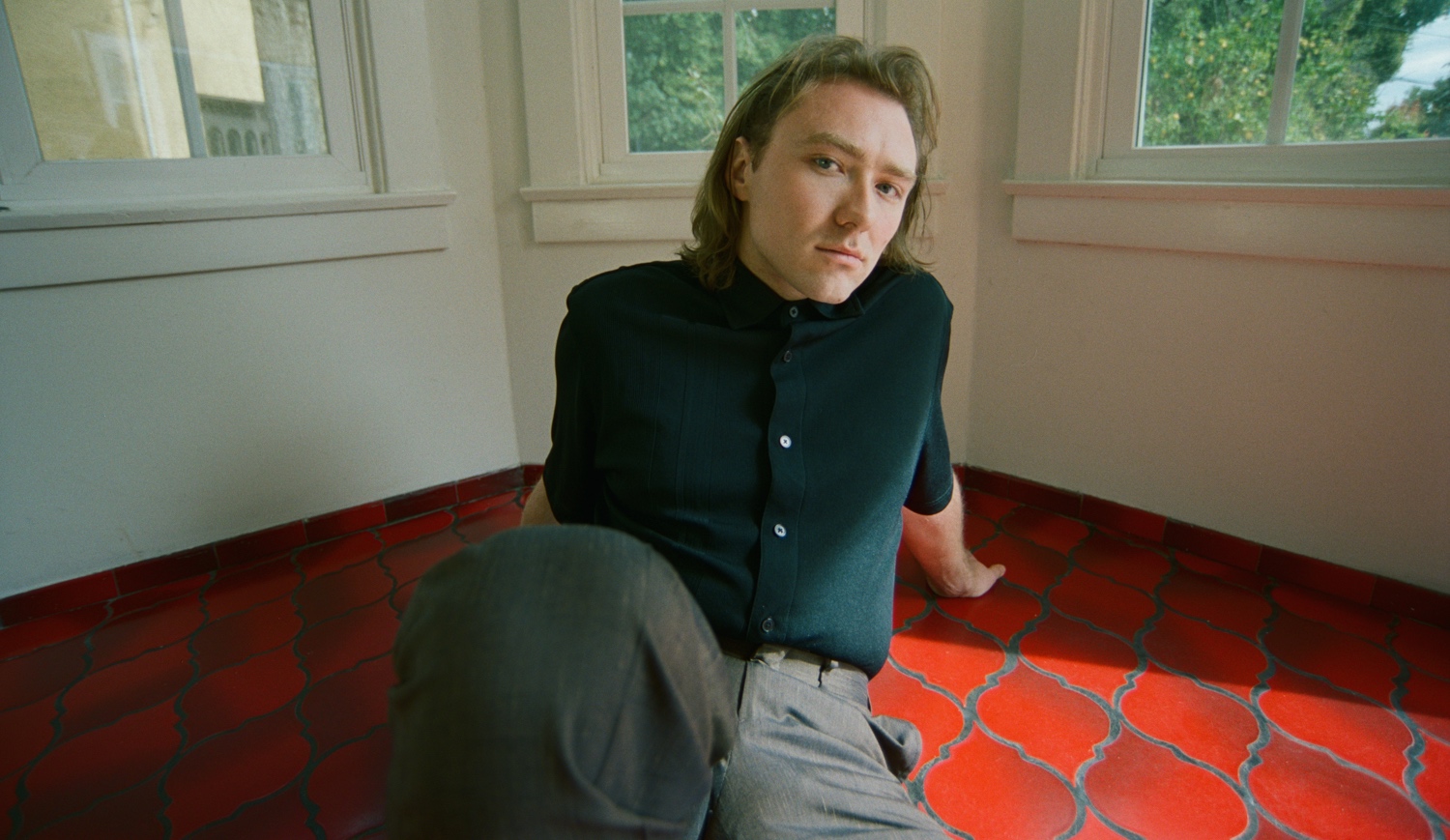
Rattigan discusses his most collaborative solo album yet, as well as the catharsis of defeating his own personal Pennywise the Clown.
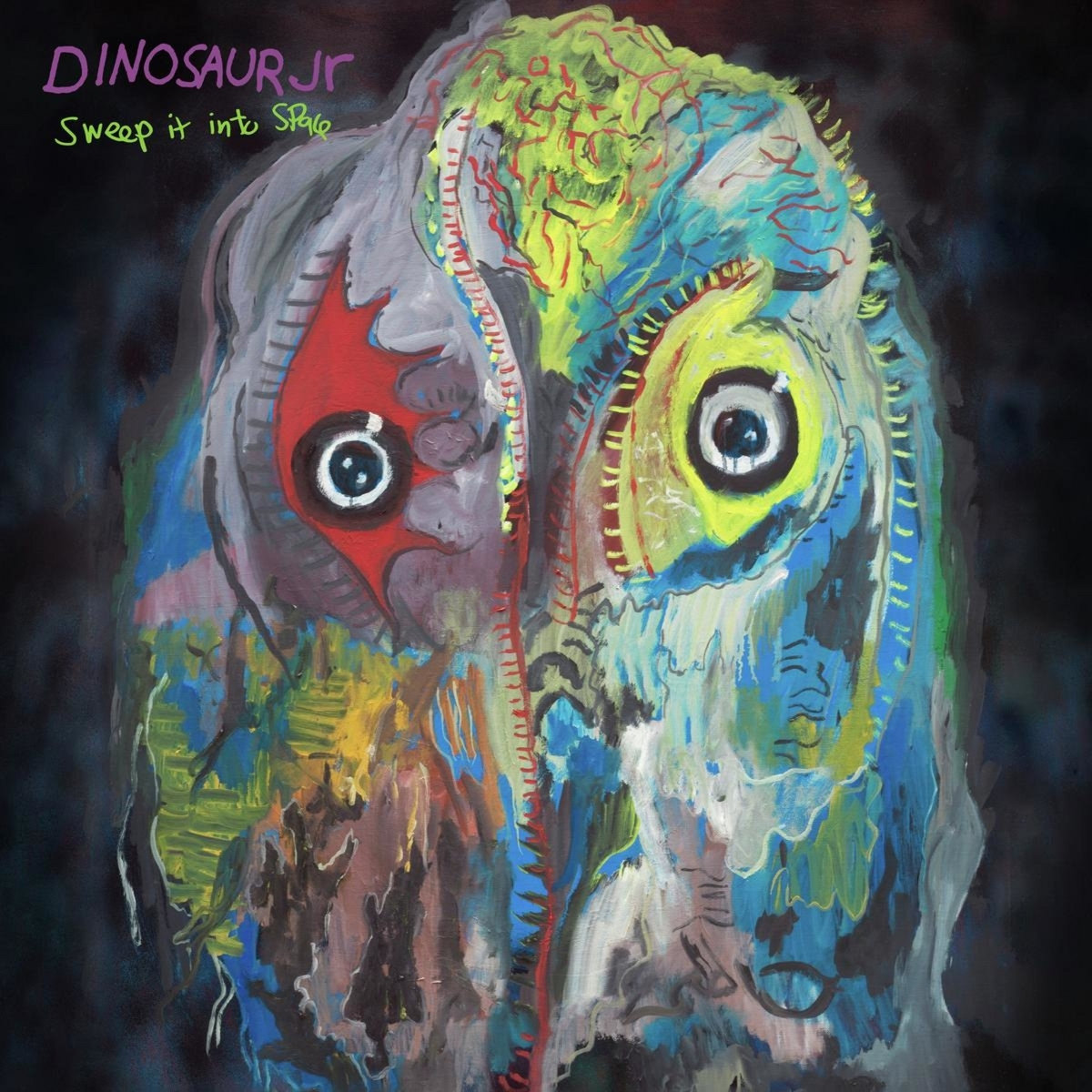
Their 12th record tries to reach a singular vision, but it’s hard not to hear the many voices attempting to roar as one.

“How Many Times” is pristine—you half expect the record to come with 3 fingers of bourbon and a cool summer breeze.
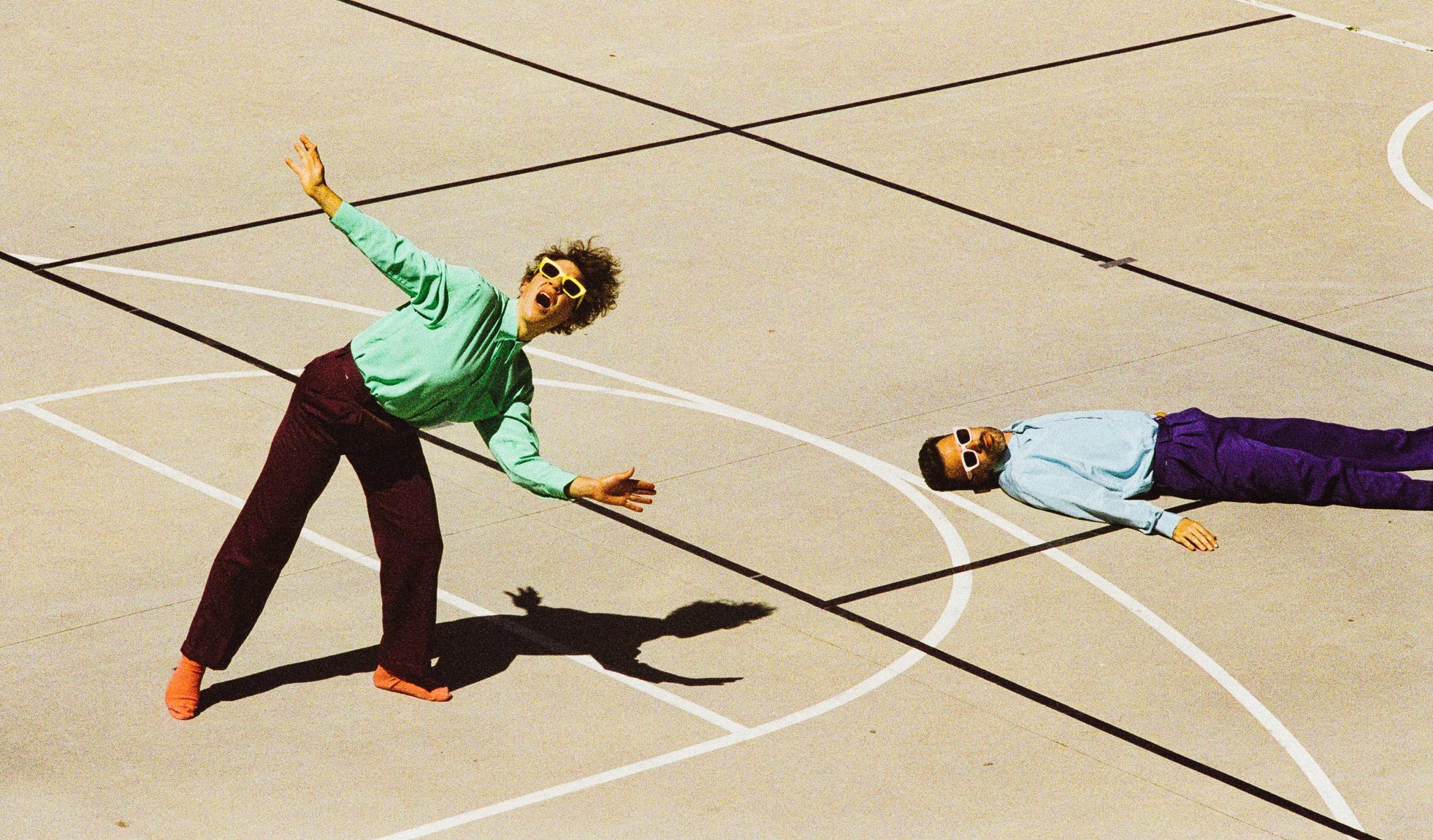
Merrill Garbus on the uncomfortable conversations and creative choices that characterize the band’s fifth album.
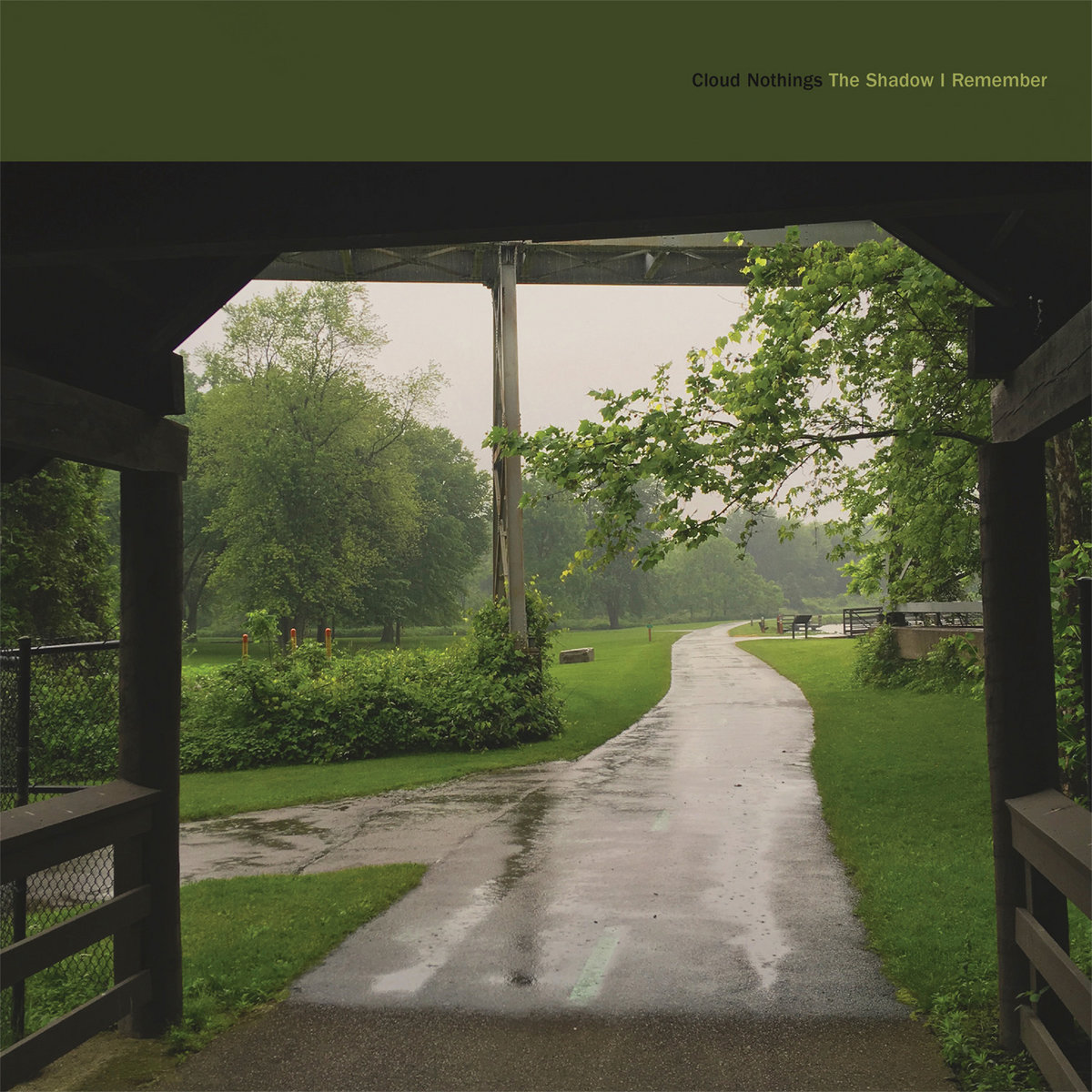
The band’s 7th LP is a wily repurposing of former selves while, at the same, whittling away what no longer fits.

